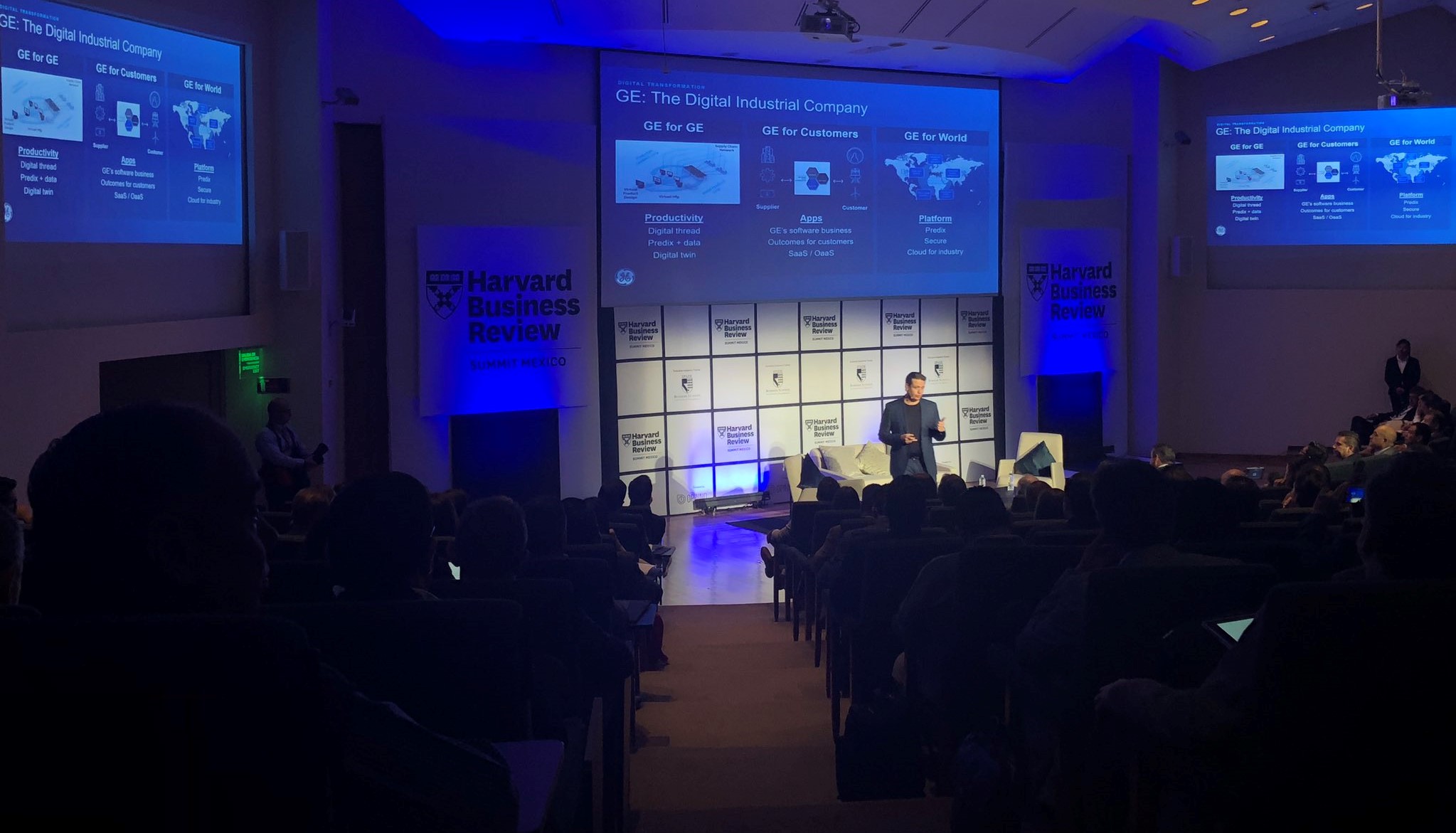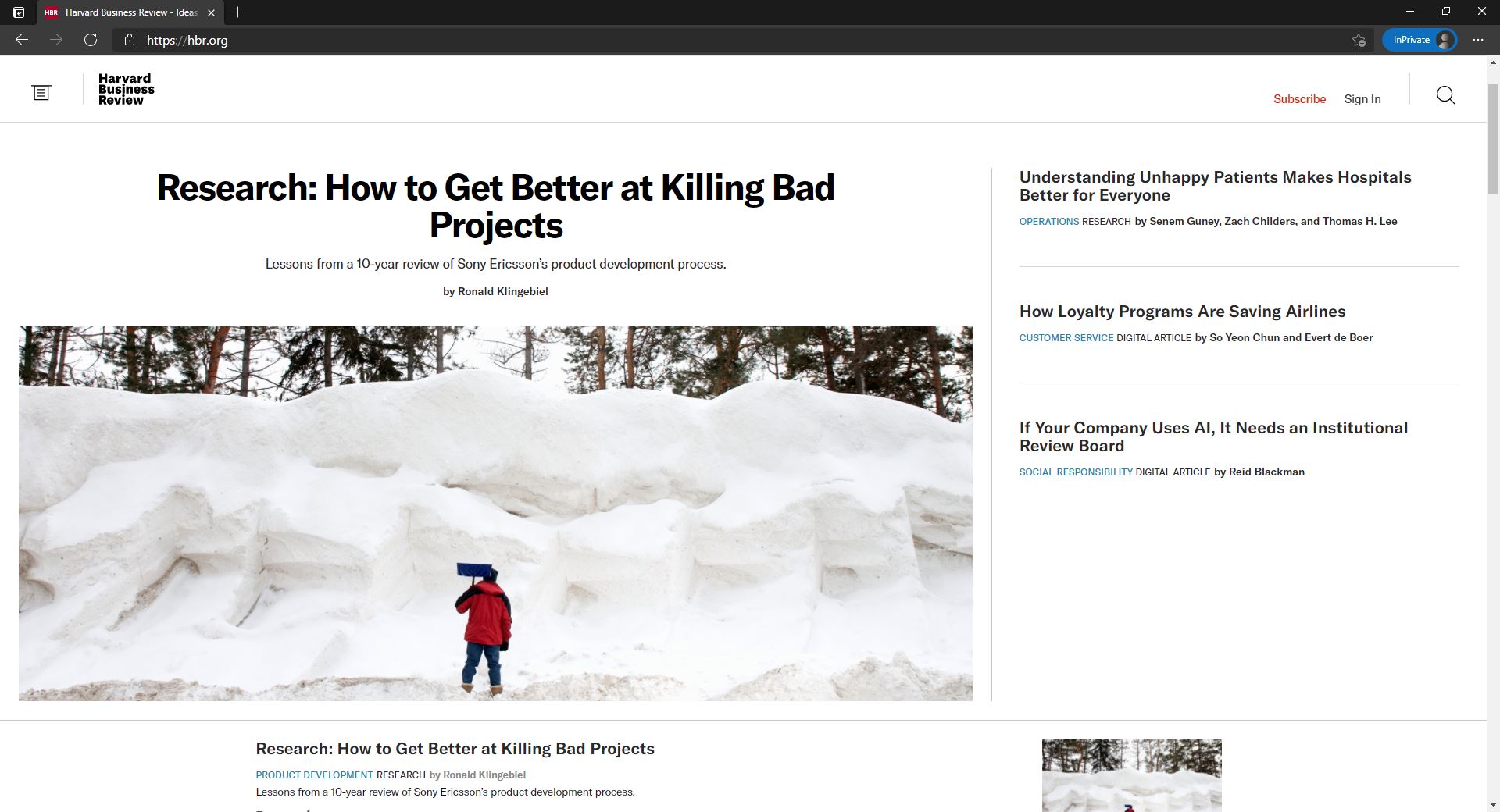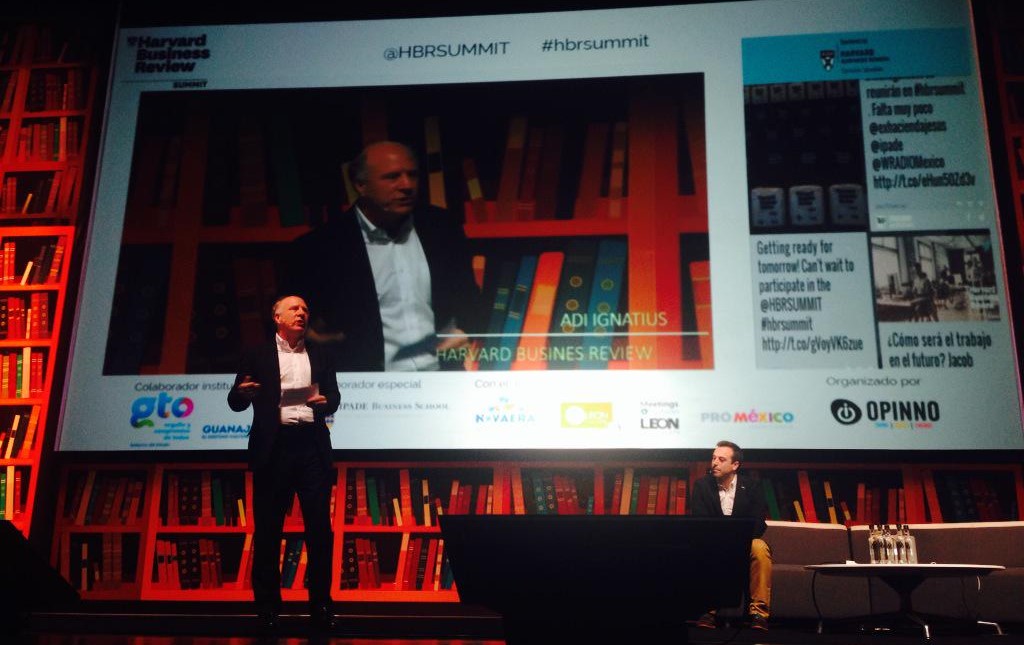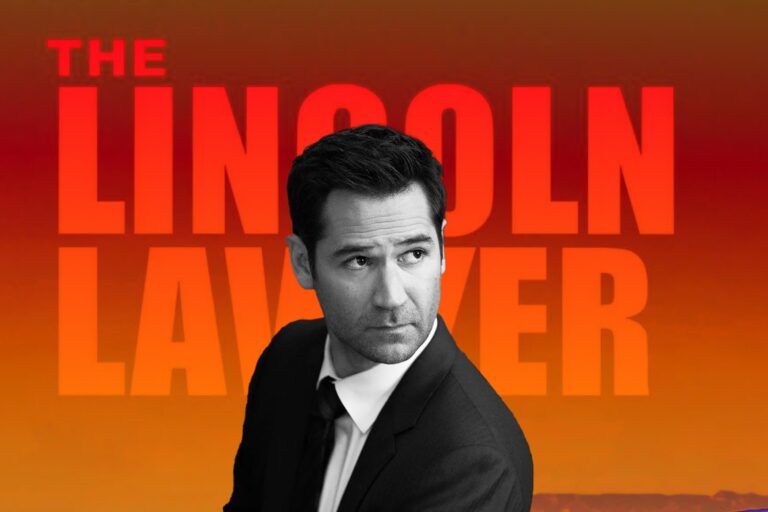The HBR’s 99 Years Adventure of Self-Educate to Inspire Publishers
Many professionals confuse the Harvard Business Review with a research journal, mainly because the site publishes opinion pieces and the arguments of consultants with, according to Oxford Review, little proper research. Therefore, to University researchers it is considered to be a magazine not a research journal. However, the site itself did declared to be a magazine that bring serious business reads to managers – “the magazine for decision makers.” Now, it is published by Harvard Business Publishing – a wholly owned subsidiary of Harvard University.
About to celebrate its 100th birthday, the Harvard Business Review – after the hire of Adi Ignatius, now editor-in-chief – started to become a cutting-edge publication that covered business news as it was happening, rather than just the academic research that had been its mainstay since 1922. Gearing towards managers and leaders more than early career professionals, what is it that Harvard Business Review trying to convey with its ‘magazine’ form? And the suppression of a publisher under influence of its parent organization? Read on to discover the long adventure.
The Harvard Business Review’s Quest to Take Risks and Make Innovations
Flashback to the early days, when the Review was found in 1922 by Dean Wallace Donham, it was meant to be more than just a typical publication for Harvard Business School. The Review’s initial intention was to be a source of revenue to fund the school’s rising case method research, yet, it failed to grow audience at the same time remained breaking even for the next 25 years. In which journey, the site found out the only things that could bring value and is needed was their work of translating rigorous research into relevant reading for practicing managers. In brief, the focus on economics of 1922 was replaced with a new and practical approach that target managerial class with a more “scientific management” look. The Review was about to make its fateful shift.

Over time, the Review came to own a niche, for managers that are seeking stimulating perspectives and ideas, also where popular educators chose to publish their work. Until 1985 as the site was growing as a business itself, Ted Levitt – a Harvard Business School marketing professor – saw the magazine as an underleveraged brand that he could manage like a consumer product. He goes on, gives it a design makeover, jacks up the price, doubles the subscription rate and increases ad cost by more than 50%.
All this change to boost up the business was really exciting, however, the question started to be raised, if whether the Review’s growth as a popular magazine could be reconciled with its Harvard Business School ties? Would it be able to speak up and bring in risky conversations that might include its Harvard Business School parent to an uncomfortable position?
And what destined to happen finally did. It was when T. George Harris the Review’s first editor-in-chief approved an article by a technology-sector analyst, in which IBM was told off and criticized for having lost its way and the company was beyond rescue. The article immediately being killed just before the issue went to press, rumors have it that all because of IBM’s status as a major donor and friend to the business school. Later, Harris took public responsibility for the decision and found himself out of a job only four months after the event.

That sure is just one of many more hidden stories of concealed debates. There comes the civil war within the Review itself, of a magazine that was encouraged to grow but forbidden to take risks which might upset any of its parents. Then, the solution emerged as surprising as it is obvious. With the strength of a thriving business, the Review fight for its rights – for more freedom, not less. Not only takes over editorship, but also has it never reverted to faculty hands and has the entire faculty editorial advisory board disbanded.
In 1994, the Harvard Business Review started to grow independently as a wholly subsidiary of Harvard University. Even though its profits would still go to fund the Business School research as they always do, but the magazine then had gained enough institutional distance and power to take its own ground and play its own game.
The Second Surge of Innovation
Goes on till 2009, the Review brought on board Adi Ignatius – a former deputy managing editor of Time – to be its chief editor. And that’s when the States started to notice the obvious shift of the site to be a mainstream media brand. Ignatius wants it to be more accessible to general audiences, with shortened articles and the scope of the magazine was expanded to include a wider range of topics – for later to be a multi-platform publisher.
However, this shift was not all intended but rather forced by two main things. The first is how its print advertising is declining and showed no signs of recovery. The second is how obvious readership habits were changing. So, despite how firm “we will not blog” previous leader had declared, the site goes all online vibrantly with graphics, videos, and everything it needs to be a real digital player – at the same time reduce its print frequency to most limit. With this approach, of course comes questions!
So, what would happen to all the research studies and white papers, the Review has continuously published, is the newsroom in charge of this too? Said the Review chief editor Ignatius, the editorial team does not create white paper because they usually have sponsors. Research is conducted independently by the resources of Harvard professionals.
When the Review decided to take it online, it was already late compared to other rivals like the Fortune. So, how is it planning on with this subscription-based model to make up for losses from the print? Of course, a valid strategy is needed in this situation!
The Secrete Sauce of Harvard Business Review for Its Expensive Subscription Base

Let’s heard from Sarah McConville, the Vice President of Marketing for Harvard Business Review, for many savvy insights that has helped lift up the site since day one. How the Review look at its problem of being a “we will not blog” adopter, and plan on to win this online game? What mindset that helped exploit best result from all of its innovation, and particular in this case the subscription base?
Apparently, it all started with the audience. Initially, the Review was much more author-focused than audience-focused. In short, the process started with a bunch of articles were sent to the Review by academics based on their own interests, then the best ones were selected by editing team, and whichever ones were ready in time to go to the printer made up the magazine. Back then, there were no concerns on the ‘user experience.’
But for now, where the competition is more enraged than ever, it’s a whole new approach when it comes to its product now. Claims McConville, whether it’s a new product concept or the overall subscription model, the site firstly asks questions: What job customers are hiring Harvard Business Review to do? For who the site developing this? What’s the scenario in which customers will be using this offering? What is the distinctive value this innovation will deliver for customer, audiences? And especially, what can the site give them that is far way better than they could get anywhere else?
And just as important, you have to make sure all parts of your business, from product development, marketing, to advertising – all are in sync when beginning a new strategic effort. You have to have your own compass and evolve the whole force around.
McConville also brings in a framework that she declared to be the game-changer of Harvard Business Review called the ‘Playing to Win.’ A focusing mechanism at all levels of your business, through paces of asking: Where will you play? Particularly, which segments, which markets, which channels, which products? What is your winning aspiration? What does ‘winning’, not just ‘competing’, look like? How will you win? So that you know what is needed in achieving those winning aspiration? How must you prepared as an organization and as individual to achieve that aspiration? And finally, how are you going to support behaviors and track progress, or in other words what management systems are required? All that will sure helped you to align and cascade your effort from a group-level down to individual units and teams.
Back to the subscription model, what advice would McConville give in terms of a creative approach? Are there any best practices or tips that had worked on the Review?
McConville stresses on how important it is to listen closely to your subscribers and to understand their most important needs today, but at the same time have that outlook of the future and a sense of how you think you can grow your business.

Especially, while thinking of a new models or offerings, it’s vital to align the commercial stakeholders and editorial in one shared understanding of how you are going to serve subscriber. At the same time, do not neglect the skeptics, take them seriously, for whose opinion will help you gain a different perspective on what you are trying to do and puch you to think more thoroughly about the solution you want to offer and the audience segments in which you want to play.
About leaders, continually check your assumptions. What is true today sure to change in the future. To live up along subscription model is an ongoing practice that requires you to constantly try new things, learn from feedback, improve – and sometimes, take on new philosophy. All of that process is how innovation work!
Proof to all theory, Harvard Business Review just announced its paid circulation climbs to 340,000, the highest in its 97-year history. The site’s gains have been driven by subscriptions, which increased 8.4% from June 2018 to June 2019. Overall, HBR’s paid circulation has grown 29.5% in the last five years.
The Final Lesson from Harvard Business Review
Decided to walk out as a modern media brand, of course, the site know how to play it right with all the tools and materials it has in hands. In which data and analytics – to the Review – are absolutely core. What does ‘core’ mean? And how some insights in the media industry new player could learn from the Review, let’s dive in!

If you are looking specifically at subscribers and products purchasers, data and analytics in this case would be the keys for lowering cost of acquisition while increasing retention. You have to see subscriber file as just as crucial to the sustainability and growth of the business.
From which, you would able to determine what motivates your audiences and what are they looking for, and the evolution of the audience – from someone who comes in anonymously to someone who registers and then subscribes. Then, of course, you want to focus on retention. And in this stage, it is essential that you think about the life cycle of your audience all the way through so that you could continue to deliver what subscribers find valuable which in turn, increases the lifetime value of subscribers. All over, again and again of this cycle, which could not be possible without data and analytics.
So, data is important, yes! But specifically, how the Review leverage data in its content, to deliver the right thing for the right audiences, and more than that, in the way they want to receive it? How the site solves this problem on segmentation?
Talk about segmentation, the Review think about what it knows about its audiences and how can the site tailor what it serves up next for them – to create a really valuable digital. To do that, the Review look at thousands of journeys of both anonymous visitors and subscribers and the content lines they access.
At the Review, segmentation is carried all the way up to c-suit executives and it found that although this range of audience interested in the same topics, there are big differences in the way they consume and apply that content compared with those in the earlier stages of their careers – the Review call this group the ‘ambitious learners.’ The c-suite’s context is focused on being able to set an agenda for their organization and for their industry. They want content that will help them be more effective with big picture issues, curated and tailored for them.
There is also another group, the site notices between the c-suit and ‘ambitious learners.’ These are the people who are working directly under the c-suit. And of course, this segment in needs of different things.
In brief, with the big data you are granted a winning map, just follow along strategically and soon you will get where you needed to. At the same time, keep in mind that is no good relying too much on the tools and make sure you have the right people in place to use the tools. Because data only makes sense with a usage, with a meaning – so, firstly have that insights that is needed, then data comes second, third act on the data. That’s how Harvard Business Review do it!
The Bottom Lines
As we are seeing new generation of managers emerging day by day along with the new economic scenario, all hunger for insights that will enable them to succeed. Grasped that niche a hundred years ago and still working on it today, HBR knows who it is serving, with what strategy, what duty.









